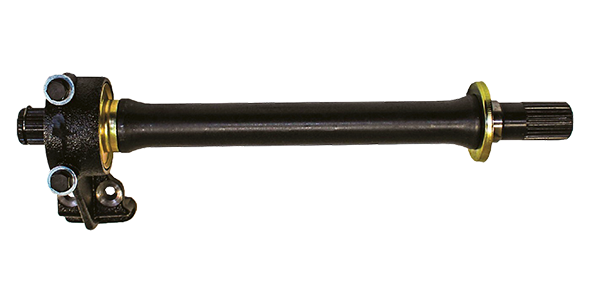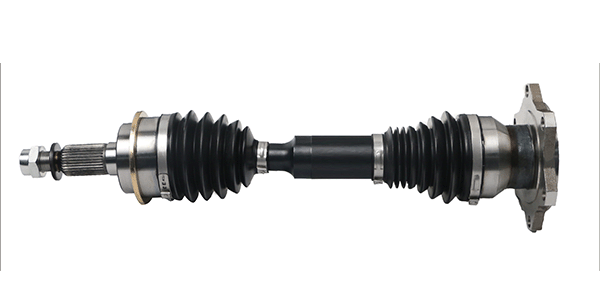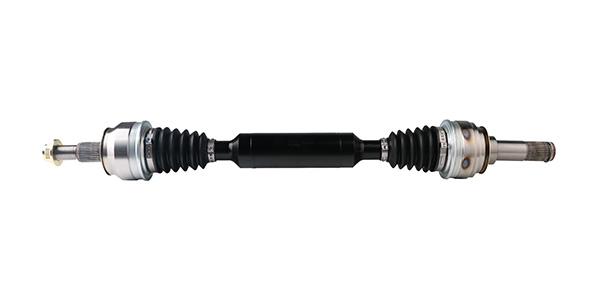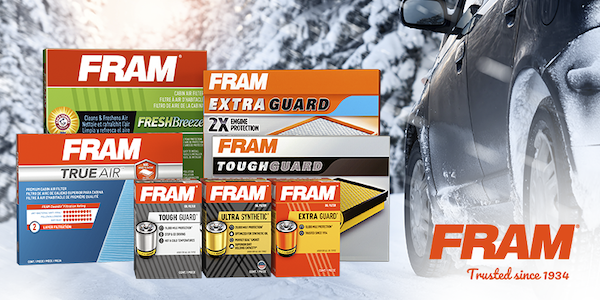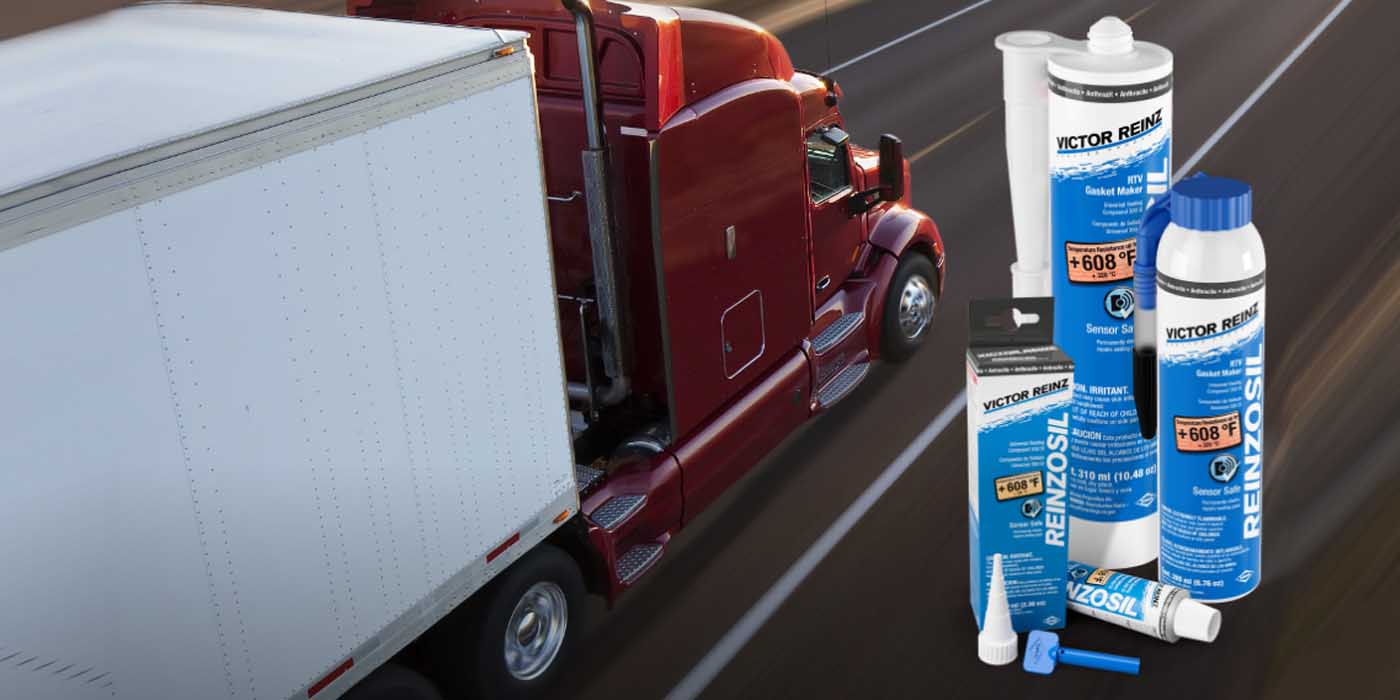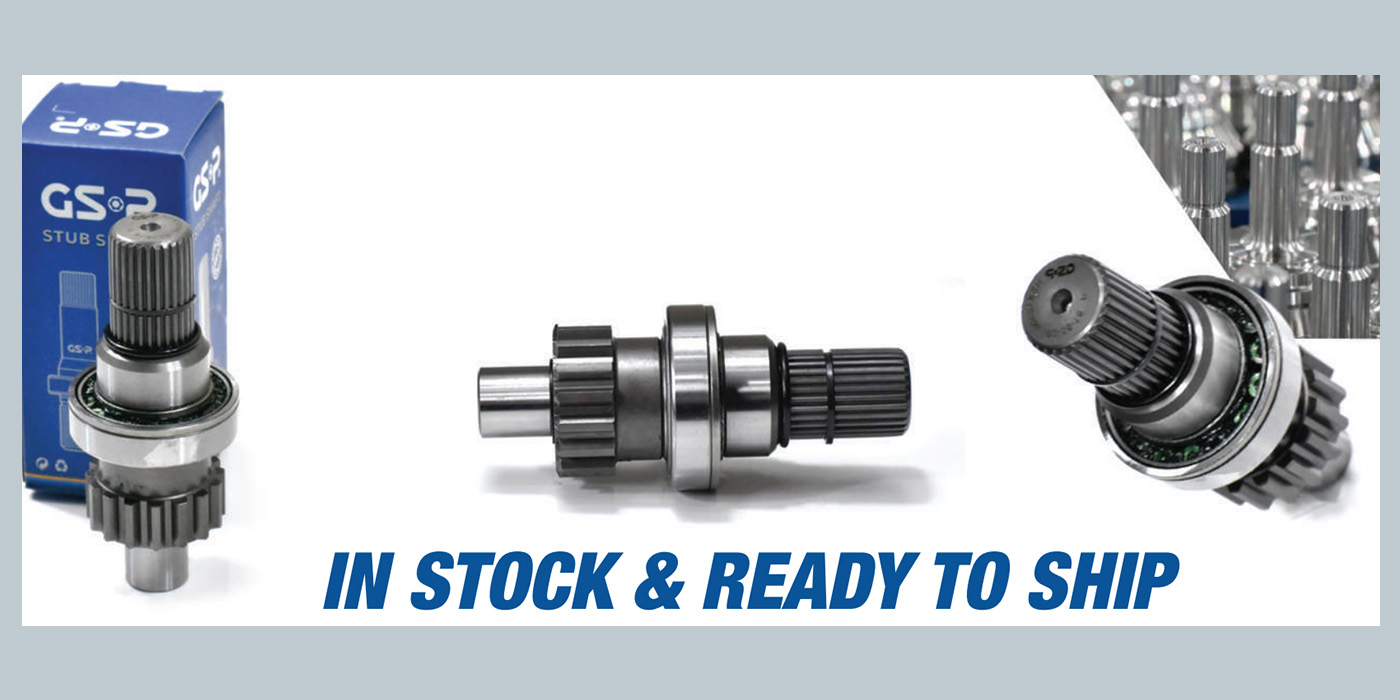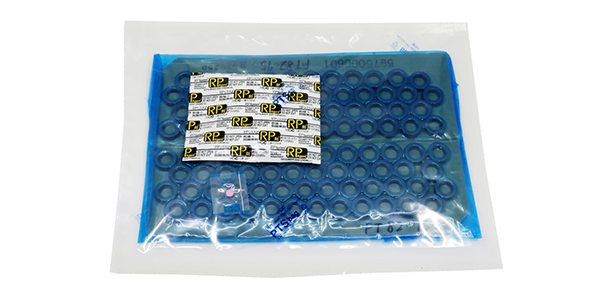Intermediate shafts, often referred to as “stub shafts” or “inner shafts” act as the link that couples the CV axle to the transaxle or differential. They allow for the removal and installation of CV axle assemblies without the need to disturb or replace the transaxle or differential oil seal. Use of an intermediate shaft to connect the axle to the transmission also ensures that the CV axles are of equal length. The equal joint angles between both sides help reduce torque steer and improve vehicle handling.
A Historical Look
In the 1980’s the OE manufacturers where quickly transitioning to predominantly front wheel drive platforms. Front wheel drive vehicles incorporate a transverse engine mount design where the engine is mounted sideways, resulting in the left and right CV axles to be different lengths. Back then, the engines only produced a 100 to 150 horsepower, so torque steer from the varying CV axle lengths wasn’t a big issue.
Fast forward to today and many vehicles have 250 to 300 horsepower or more. This creates a lot more torque, so the OE manufacturers engineered these higher-powered front wheel drive vehicles with an intermediate shaft that connects the CV axle to the transmission. This allows the CV axles on both the left and right side to be the same length, which provides equal joint angles between the left and right CV axles to reduce torque steer and improve handling.
Visual Differences (Driveline With & Without an Intermediate Shaft)
Let’s look at the illustration to see the difference. The first illustration (illustration #1) represents a typical late model drivetrain. The intermediate shaft is highlighted in red. As you can see, this design allows both left and right CV axles to be the same length. The second illustration (illustration #2) represents a drivetrain without the intermediate shaft design. As you can see the CV Axle lengths vary.


The advantages of the intermediate shaft design allow the CV axles to be equal lengths. This helps eliminate torque steer as well as producing more even wear and joint angles on the CV axle assemblies.
Common Failure Signs:
Bearing Failure From Seal Leakage
One of the most common issues is when a bearing fails due to a seal leak. When the seal fails, moisture and contaminants get inside the rolling elements of the bearing which create noise and play in the shaft.

Corrosion of the Splines & Clip Due to a Failed Seal
Another failure sign is Corrosion of the splines & circlip due to a damaged or worn seal. Once again, a bad seal will allow moisture and contaminants to get inside and corrode the splines and circlips. This can cause noise and/or lead to the CV axle becoming disengaged, resulting in loss of drive power and can cause transaxle or differential damage.

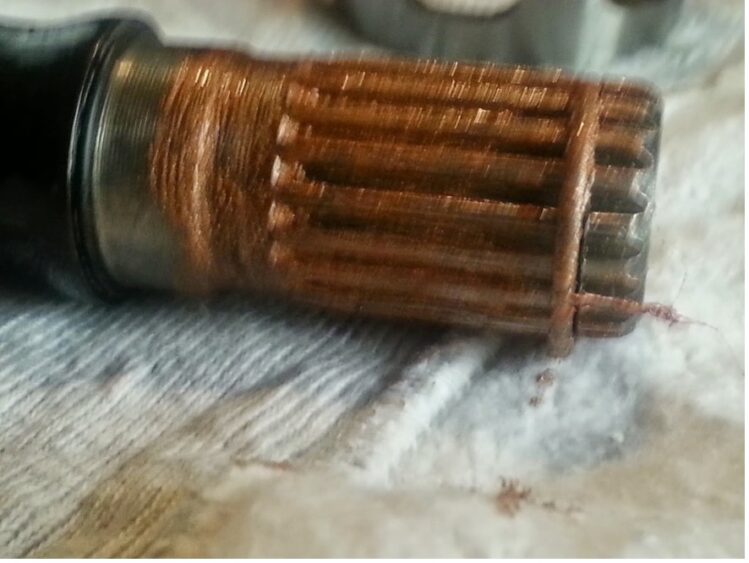
Damage to the Splines
Damage to the CV shaft splines caused by worn circlips not being replaced when reinstalling a replacement unit is another common problem.


Today’s more powerful engines put a lot of stress on an intermediate shaft and overtime and the splines can be damaged if they are not properly installed and seated. So, it’s critical when installing an intermediate shaft, to never reuse the old circlips.
Make sure to only use new circlips that come with the replacement unit. New circlips will ensure the shaft is properly seated and held into place on either the transmission side or the axle side.
Service Opportunity for the Installation Shop
Recognizing and addressing these common failure signs can also represent a great sales and service opportunity for the professional installer.
As part of the diagnosis on any drivetrain repair, always make sure to isolate the sound to verify if it’s coming from the intermediate shaft. Often you only need to replace the intermediate shaft, if the CV Axle is not damaged, which will save the customer money and the shop valuable diagnostic time. Fix the Cause – Not the Symptom!
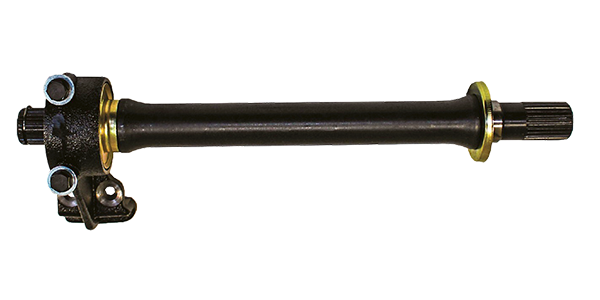
For more detailed information, visit https://www.trakmotive.com/
This Article is Sponsored by: TrakMotive

